Farming Simulator 22: Sowing and mowing grass
On this page of the guide you will find information on how to sow, mow and harvest grass in Farming Simulator 22.
Last update:
Grass is the staple food of animals, especially sheep and cows. In addition, it can be processed into hay and silage. On this page of the guide to Farming Simulator 22, you will learn how to sow and mow grass, what mowers to use, and how to load grass on trailers.
Usage
Grass is a raw material used for feeding animals: cows and sheep. It's the starting point to obtain hay and silage - after scattering it with a shaker, it will become hay. To get silage, you have to put it in a prism or compress it into bales wrapped with foil. Both the crumbly form and bales are accepted in each collection center and are suitable for feeding animals. If you are just starting, you can use the grass growing anywhere on your plots.
On a larger scale, you can dedicate one of the fields so that employees can work on it for you and collect more grass from the same area as outside the field. Grass is also needed to produce total mixed ration for cows.
How to sow grass?

You can sow grass in any field. This will make it easier to collect it either by yourself or employees. You can also increase the amount of grass by doing extra things on the field, which you can't do outside the field. Grass needs to be sown once, then it will grow back without your intervention.
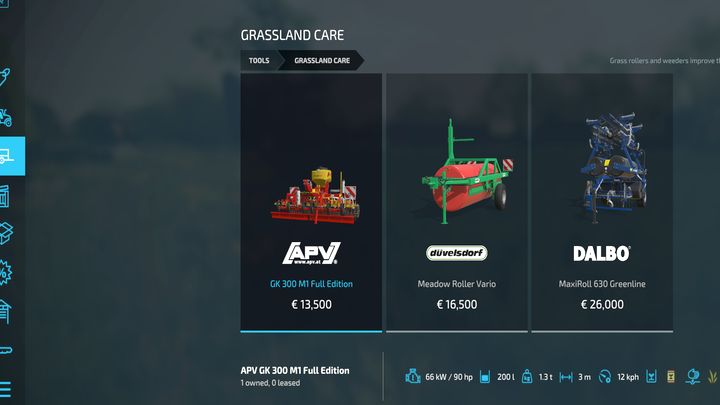
To sow grass, you need to use one of the many seeders. Most of the universal seeders have this option, there are also several seeders specifically for grass - smaller and cheaper. You can find them in the Grassland Care tab. Before sowing, if in the field grew something earlier, you have to plow the field with plower if something was growing on it eariler.
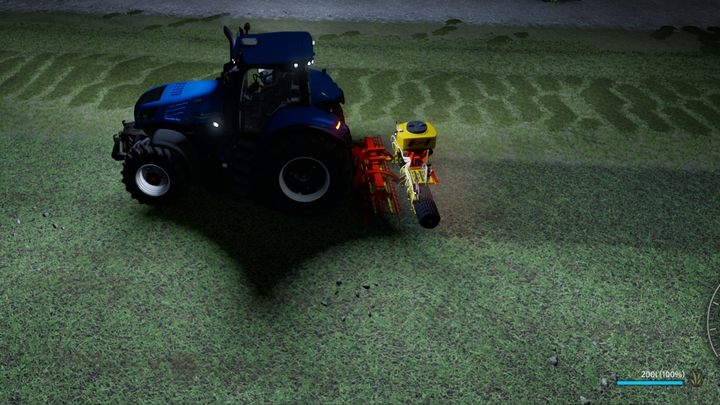
You should fertilize the field twice. Later, the fertilization will become simpler - use the rollers from the Grassland Care tab to tamp the grass after it is harvested. This action is treated as free fertilization. Field with grass needs to be fertilized only once. The grass in the field grows for 2 months (it doesn't grow in winter).
How to mow grass?

You can pick grass from anywhere on your property - but you can't pick it from someone else's. The grass grows most of the year (except winter) and can be harvested all year round. Of course, the grass must first be mowed - you can use:
- hand mower (only when the field with grass is small),
- several options of mowers connected to the tractor - individually or as a set for the front and rear (up to 10m wide) - you will find them in the Mowers tab in the store,
- self-propelled mower (very high mowing speed) - Mowers tab in the shop, in the vehicles section,
- forage harvester - the most expensive option, which in principle only makes sense if you use a forage harvester for other things as well. They can both mow and collect grass (depending on the header used) and immediately load it into the attached trailer. This way you don't have to use forage wagons.
Initially, it is best to choose a model connected to the tractor.
How to collect grass?
Forage wagon
The first and basic option for harvesting grass is to use forage wagons. All you have to do is deploy it, lower the picker, and turn on the machine to start filling the trailer with mown grass.

A convenient and inexpensive starting option to mow and collect grass is to use the cheapest equipment - a front lawnmower and a forage wagon. In this way, you will immediately collect the mown grass on the trailer - it is especially convenient when you do not need it in large quantities and when you mow outside the field sown with grass.
Raking
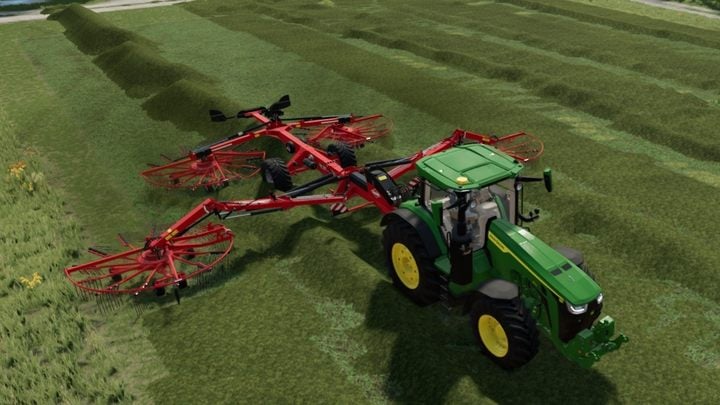
When working on a larger field, you should remember to rake mowed grass - machines for this process vary in width. You can find them in the shop under the Windrowers tab.
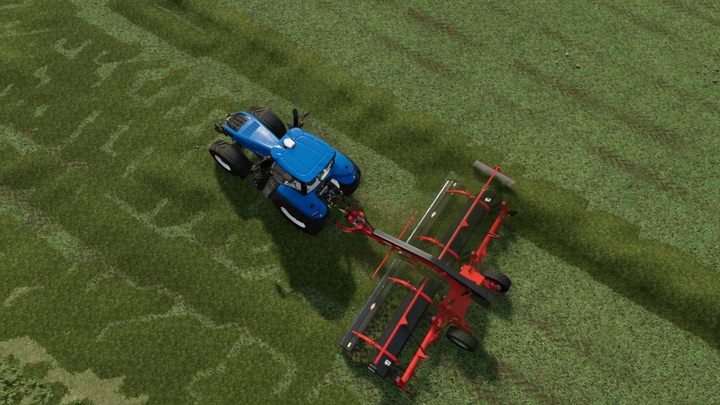
If you are wondering why one of the windrowers costs €110,000 even though it does not have the greatest width of work - it can move the grass to the side, instead of behind the tractor meaning that you can create one row of mowed grass on one side after two runs. This way, you will have one less run with a forage wagon.
Bailing
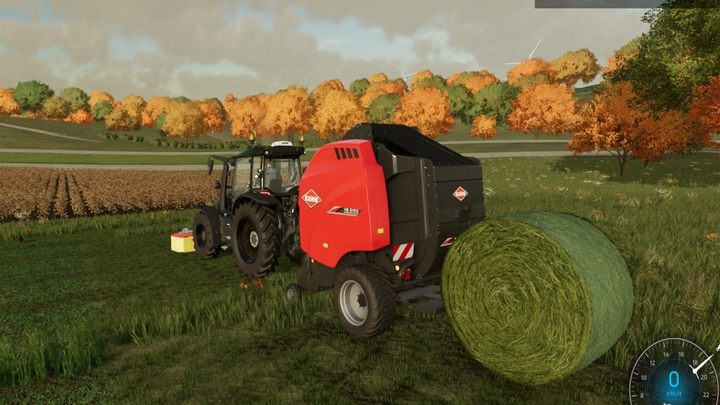
The second option is bailing: you can read more about this on the next page dedicated to balers. In short: the machine collects grass, hay, or straw and processes them into easy-to-collect bales with a large capacity (which is variable: depending on the shape and size of the bales).
Forage harvester
Convenient mowing and harvesting or just harvesting can also be done with a forage harvester. The machine itself is expensive, so it is recommended for those who will work in large fields. Mown grass is immediately loaded into any trailer attached to the forage harvester. This allows you to collect larger amounts of grass into big (larger than forage wagons) trailers, which are also cheaper and have multiple uses.
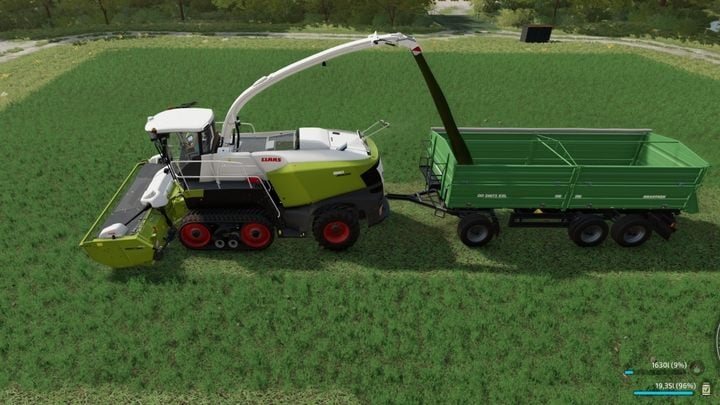
In addition, a forage harvester operates over a larger area than a lawnmower with a forage wagon driving along a tractor as well as at greater speed.
Silage additives
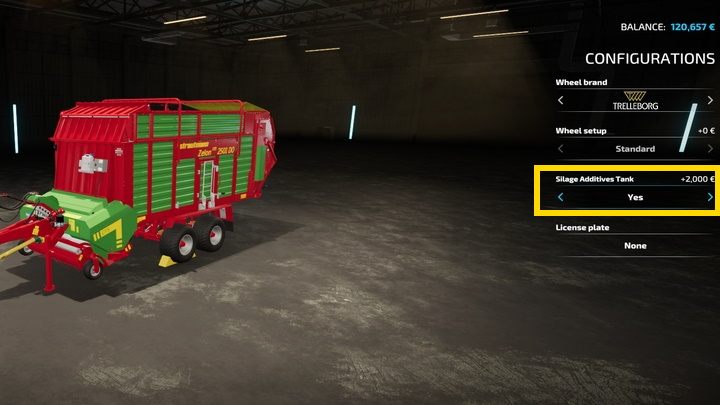
Most models of forage wagons have a special tank for silage additives that can be installed in the shop. The tank should be filled with the chemical available on the largest pallets in the store. This additive is applied automatically to the harvested grass - it will increase the amount of silage produced in the prism by 5%. You'll find the same tank in forage harvesters.
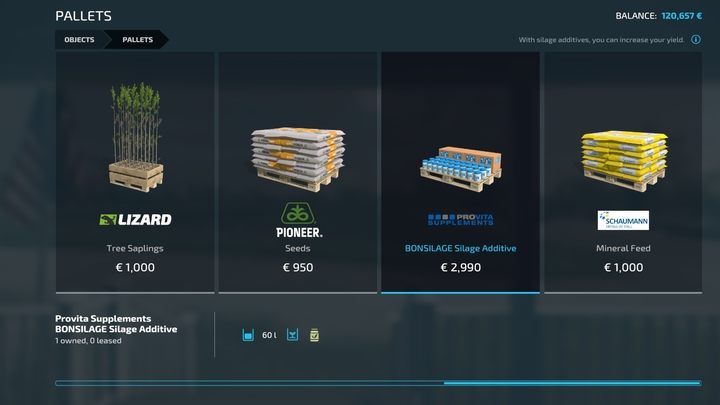
You are not permitted to copy any image, text or info from this page. This site is not associated with and/or endorsed by the developers and the publishers. All logos and images are copyrighted by their respective owners.
Copyright © 2000 - 2025 Webedia Polska SA for gamepressure.com, unofficial game guides, walkthroughs, secrets, game tips, maps & strategies for top games.
